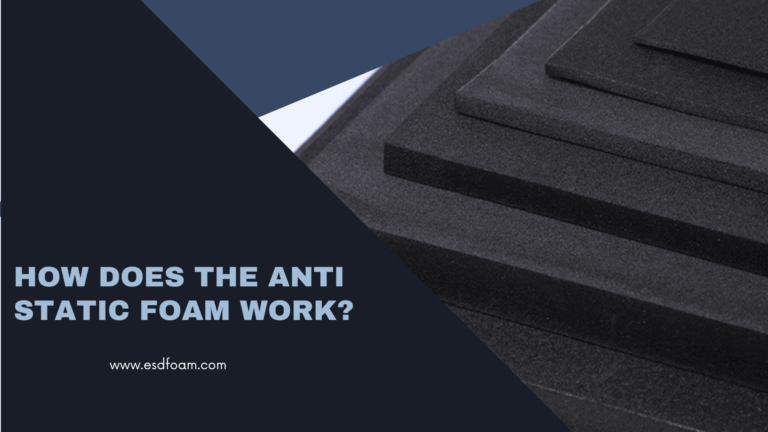Anti-static foam density is typically measured in units of pounds per cubic foot (lbs/ft3) or kilograms per cubic meter (kg/m3). The density of anti-static foam is an important factor in determining its effectiveness in protecting against electrostatic discharge (ESD).
To measure the density of anti-static foam, a small sample of the foam is taken and weighed, typically using a digital scale. The volume of the foam is then determined by measuring its dimensions and calculating its cubic footage or cubic meters. The weight of the foam is divided by the volume to obtain the density in lbs/ft3 or kg/m3.
The density of anti-static foam can have a significant impact on its properties, such as its shock-absorbing capabilities and its ability to dissipate static charges. Generally, higher-density foam is more effective at dissipating static charges, as it provides more pathways for the charge to flow through. However, higher-density foam may also be more rigid and less shock-absorbing than lower-density foam.
When selecting anti-static foam for a particular application, it is important to consider the required density based on the specific needs of the application, such as the level of protection required and the type of equipment being protected. A qualified anti-static foam manufacturer or supplier can help provide guidance on selecting the appropriate density of foam for a particular application.




